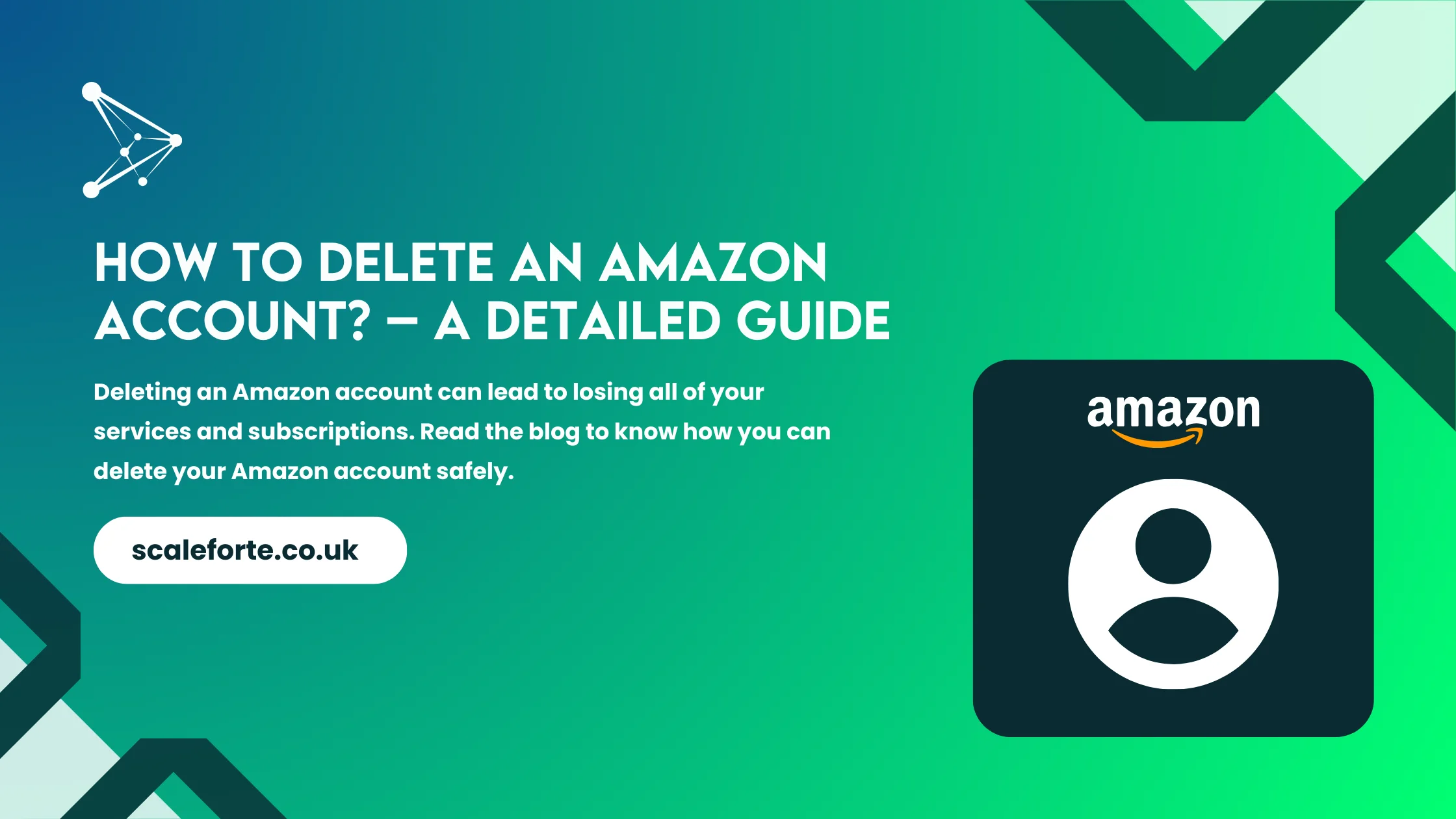How to write a cold email? | A Guide On Writing Cold Emails

A brief, impactful, and captivating cold email is necessary to elicit responses. Because of this, every section of this brief message needs to be valuable and serve a vital function in communication. Here, we will share the tips on how to write a cold email that we use at Scalefort. We’ve put together these 5 incredibly crucial steps to send successful cold emails for sales using what we’ve learned.
Let’s start by closely examining what a cold email looks like 2024 and how the strategy for crafting them has evolved over time.
1) Be clear cut
Clearly stating your goal in a cold email is essential to writing a message that is both captivating and targeted. When launching a new product, approaching potential partners, or asking a meeting, having a clearly stated aim guarantees that your communication is relevant and easy to understand. This clarity makes it possible to create a customised content strategy and a more potent call to action, which both improve recipient engagement by matching their demands. A clearly stated objective lays the groundwork for a purposeful and goal-oriented cold email, increasing the likelihood of achieving the desired outcome—whether it be generating leads, fostering collaborations, or securing meetings—regardless of whether success is measured by response rates or conversion metrics.
2) Tailored Content
Customising content for a cold email is a calculated move that results from knowing exactly what you want to accomplish. Knowing what you want to do, be it launching a product, forming a partnership, or setting up a meeting, gives you the ability to tailor the material to have the most impact. Diverse goals necessitate discrete communications strategies, and a precise comprehension guarantees that your correspondence aligns with the desired result. Creating communications that specifically address the recipient’s requirements, problems, or interests is known as tailored content, and it increases the chances of grabbing their attention and eliciting the intended response. Your cold outreach efforts will be more successful because of this tailored strategy, which not only makes your email more relevant but also shows that you are engaging with the receiver compelingly and intentionally.
3) The subject line must be compelling
Since the subject line is your first point of contact, creating an attention-grabbing one is crucial to getting your receivers to read your message. It must be succinct, captivating, and directly related to their requirements or interests. A well-written subject line should grab attention without using excessive capitalization or hyperbolic language that could trip spam filters. Maintaining an equilibrium between pertinence and curiosity guarantees that your email sticks out in a busy inbox, encouraging the recipient to click through and interact with the information.
4) Personalised Salutations
Moving on to personalising the salutation, addressing the recipient by their name adds a human touch to your cold email, making it feel more genuine and less generic. Avoiding generic openers like “To whom it may concern” demonstrates that you’ve taken the time to learn about the individual, contributing to a more personalised and meaningful interaction. Personalization fosters a sense of connection from the very beginning, setting a positive tone for the rest of the email.
5) Write an Engaging Opening
Writing a captivating introduction is crucial to keeping the reader interested after these. It’s important to begin with a statement that draws the reader in and makes a point. This might include bringing up a shared interest, recognising a connection between them, or emphasising a particular facet of their work. Proving that you’ve completed your assigned reading not only demonstrates your sincere interest but also builds credibility and makes the recipient more likely to read further. An interesting start encourages the receiver to take the time to comprehend the goal of your email and sets the stage for a deep and pertinent exchange.
Why cold calling is an effective strategy?
In many facets of business and professional communication, cold emails are essential. Cold emails are crucial for the following reasons:
i) Lead Generation:
Sending out cold emails is a good way to increase the number of potential customers or clients you have. You can start new business partnerships and opportunities by contacting people or companies that might be interested in your product or service.
ii) Development of Business:
When it comes to business development, cold emails are essential. They provide you the chance to present your business, goods, or services to prospective customers or partners, creating opportunities for cooperation, joint ventures, and expansion.
iii) Creating a network:
By putting you in touch with professionals in your field, cold emails help you network. Cold emails offer a direct line of communication for seeking advice from specialists, forming alliances, or investigating employment chances.
iv) Sales & Marketing:
One important part of sales and marketing techniques is the use of cold emails. They give companies the chance to tell prospective clients about new services, advertise products, and share promotional events.
If you want to get started: short, highly personalised cold emails dedicated to a specific audience are a great way to start some new business relations and get more new hot leads for your company. And if you add a sequence of automated follow-ups, you’ll get a pretty powerful lead generation machine.
On the other hand, if you’re having a hard time with approaching people with cold emails, it’s best to hire an email marketing agency like Scaleforte to assist you with lead generation.
Book a free call now or submit a query to get started with us!
Have any question?
Do not hesitate to contact us. We’re a team of experts ready to talk to you.




